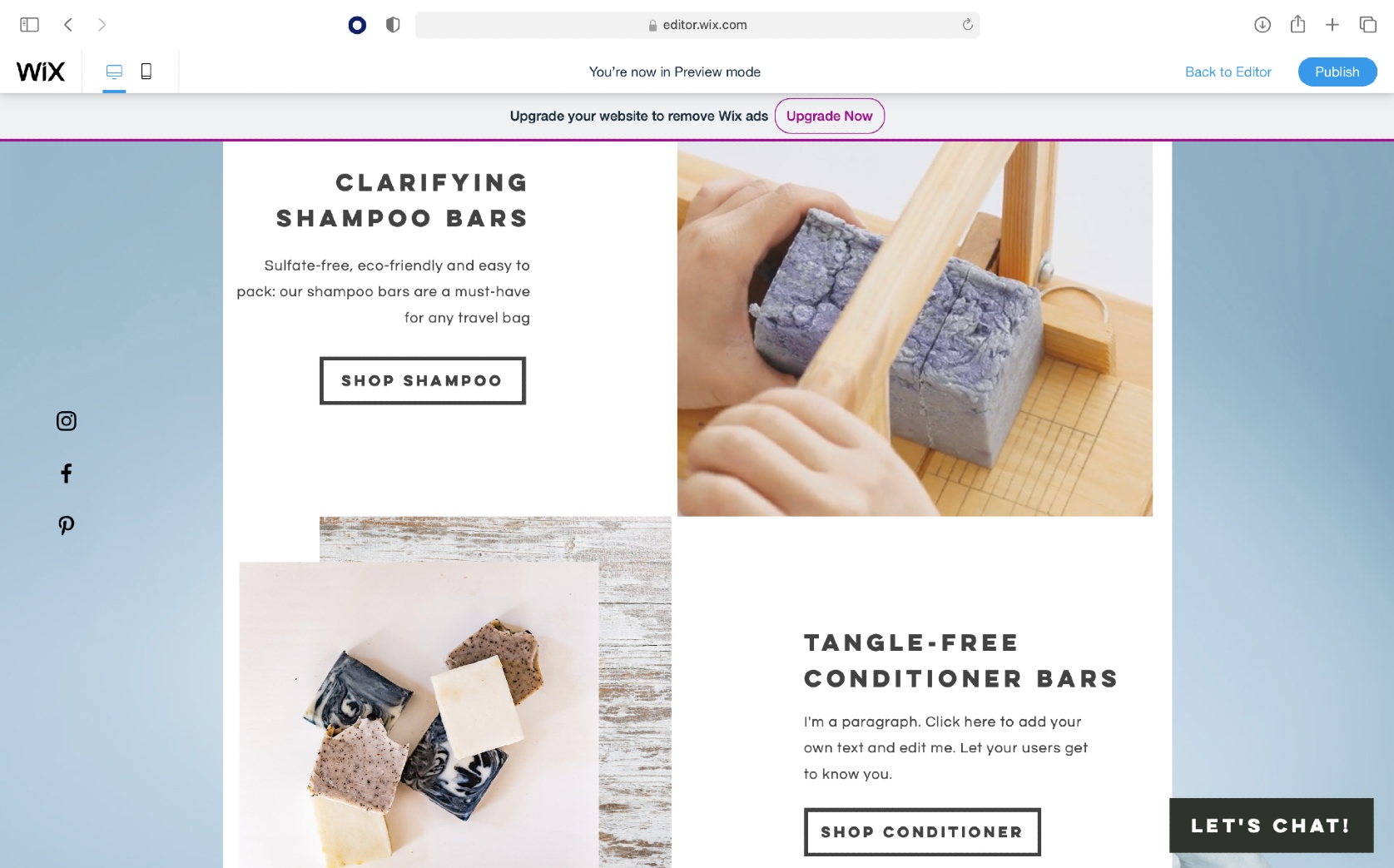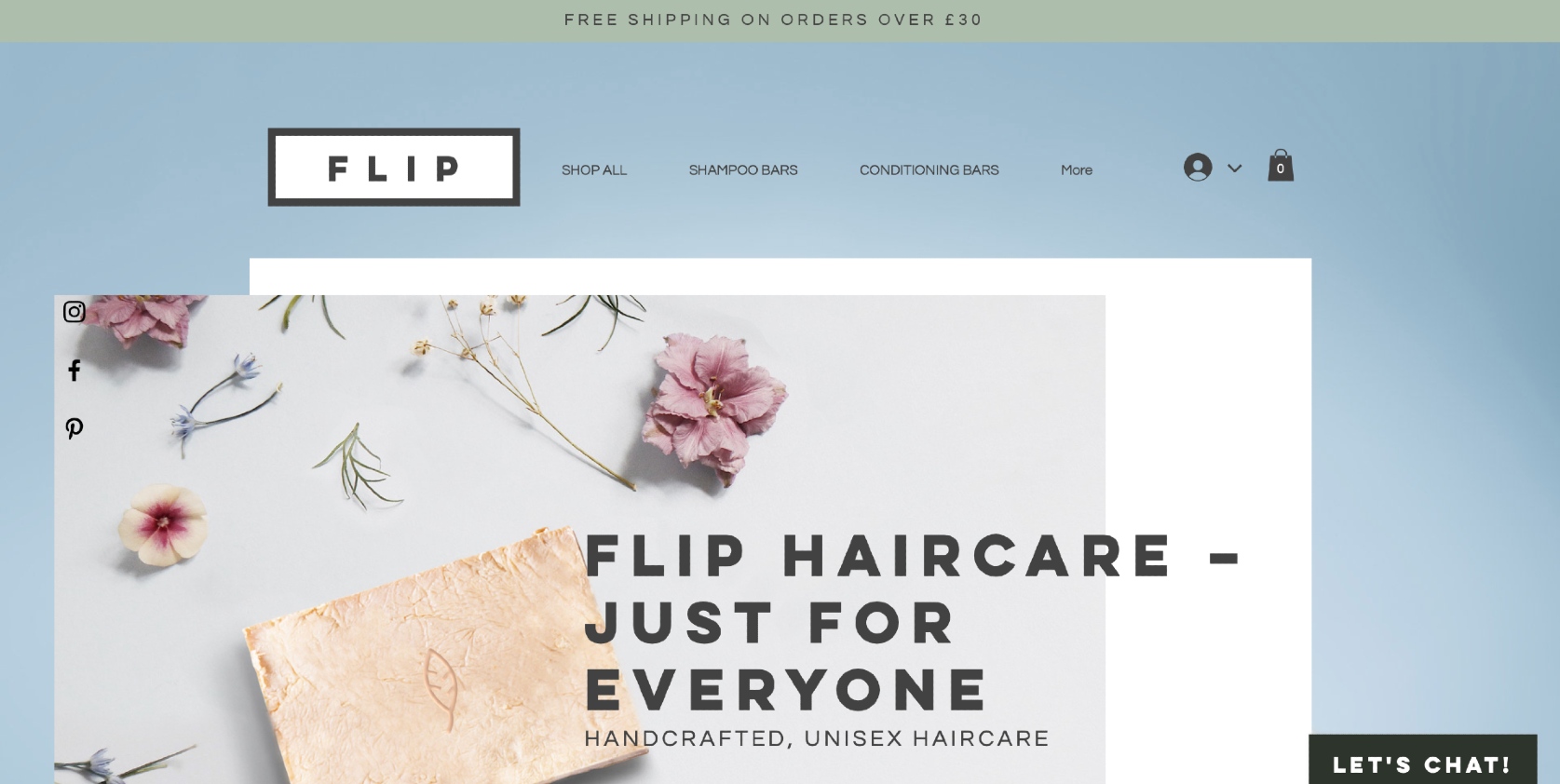Strategy, Legal & Operations
E-commerce business cheat sheet: How to set up your online shop in one weekend
Ready to set up your online shop? Check out this guide and get your e-commerce business up and running in a weekend.

From upcycled furniture to ebooks, pretty much any product you can think of can be sold online nowadays.
E-commerce shoppers have shown over recent years that they’re happy to buy all manner of things over the internet, from big-ticket items such as cars to recurring purchases like groceries.
It’s safe to say that if you’ve got something to sell online, there’s probably a buyer for it.
So what if you’re a new seller and have no idea how to get started?
From choosing the right platform to advertising your product, collecting payment and shipping it out, get selling online this weekend with our simple cheat sheet.
Here’s what we cover in this cheat sheet article:
Which e-commerce platform is right for me?
How to customise your online shop, from core pages to copy
Organising collection and delivery
Boss your business with e-commerce accounting
The big launch: From publishing to promotion
Which e-commerce platform is right for me?
Using a platform means being able to sell your items without the hassle of starting your own website.
Whether you just need a bit of spare cash for a weekend at the beach, or you want to see if your potential product has business legs, there are myriad platforms out there to accommodate every kind of seller.
Have a browse through some of our suggestions below to see where your product best fits.
Good for: Furniture, children’s toys, fitness equipment
Most of us in the UK (or about 51 million, at last count) have a Facebook account. It’s one of the easiest ways to get selling online without having to get to grips with html or payment systems.
Simply upload a range of photos (we suggest a minimum of three), include a clear and realistic description of your item and set a price (have a look at similar products on Facebook to gauge what you should charge).
Then all that’s left is to upload the item to the marketplace, and see if there’s any local buy and sell groups that might be interested.
One of the major silver linings to selling on Facebook is that the platform doesn’t charge a fee. But you will have to negotiate with the buyer and collect payment by yourself.
Make sure you agree a price beforehand, and consider meeting in a public place to exchange the item, rather than at your home.
Ebay
Good for: Hobby supplies, computer equipment, clothing
One of the most enduring selling platforms online, Ebay offers seller protection, a large amount of potential buyers and a seamless product upload process (it even has its own app to upload photos).
Items will go for more money if they’re in original packaging or with tags, so make sure everything is in as good a condition as it can be.
The seller will get charged to list an item, as well as another fee when the item sells, so check if there’s strong enough interest in similar products to yours before you pay this fee.
It’s also worth keeping up to date with new directives in case they affect your product — for example, since May 2021, UK tyre sellers are required to show how energy efficient their tyres are in their listings.
Amazon
Good for: Books, toys, DVDs
The upside of selling on Amazon is that you don’t pay anything to list an item.
However, you do have to pay a commission of 75p per item sold as well as a referral fee, which can be steep if you’re selling low-value products.
If you anticipate selling a lot (Amazon suggests more than 35 items per month), look into the professional plan, where you can sell as many items as you like for £25 per month.
Digital platforms
Good for: ebooks, music, software
For anything digital — think ebooks, teaching videos or anything that a customer would pay to download — you can use platforms such as Sellwire, FastSpring and FetchApp.
Some will send out a download link to the customer as soon as they order, and most allow multiple payment forms, from PayPal to credit card. Plans range from about £7 to £14 per month.
Etsy
Good for: Home-made jewellery, textiles, homeware
Etsy is a great platform for the ‘makers’, whether that be of clothing, jewellery or home goods.
Though it has been infiltrated somewhat by dropshippers, the platform is meant to be specifically for home-made items, so emphasise this on your page.
Etsy is a little different from other platforms in that there’s a bigger emphasis on the brand. If you get your marketing right and emphasise your unique selling point (USP), you may be able to convert your Etsy audience to your own website.
There is a 14p listing fee, as well as a 5% transaction fee and a 15% fee if your item sells through offsite ads.
Your own website
If you’re not a fan of high commission fees and have a bit of IT knowledge (or a free weekend to dive into tutorials), it’s worth looking into starting your own website — you can check out our in-depth guide on kickstarting the process if you need more help.

Get ready to create an online shop for your new product
The test: Creating our own product
Let’s say we have a product in mind: a unisex range of eco-friendly shampoo and conditioner bars as part of a haircare brand called Flip Haircare.
We’ve done our research.
We know people are looking for environmentally friendly beauty products, and that they’re willing to pay more for organic ingredients, which means our sale price can be a bit higher than the high street.
We can then look through the different selling platforms to see which one is the right fit. From the options above, Etsy’s craft-based customer could be interested, as could sustainable or travel groups on Facebook.
How to customise your online shop, from core pages to copy
Now you have in mind where you want to sell online, it’s time to design your shopfront.
If you’re on a platform such as Depop or Amazon, this may be as simple as choosing a cool avatar and picking a username without too many numbers in it.
But if you decided to set up your own website, you’ll need to put a bit more time into the process.
With our new haircare brand, we’ll want our core pages to be pretty simple and just give customers a sense of the product through the design.
At a glance, they’ll need to know that the shampoo and conditioner are unisex, come in bar form, and are eco-friendly.
Using a free name generator to get our brand name – Flip Haircare – we’ll now have a play around with some templates to see what works.
Loads of e-commerce sites offer free two-week trials – and we’ll go for Wix for starters.
Below you can see a mock-up design, which gives us a rough sense of what Flip Haircare should look like:
- How many pages to consider
- What kind of imagery to use
- Short brand copy to add.

Work on the right copy and layout for your e-commerce website
Here you can experiment with using video, your own imagery, fonts and colours to see what pops. Other websites can also help with creating proprietary brand elements. For example, we can style up potential packaging for Flip Haircare using Canva, which helps design things such as stickers or logos.
Stocking your product
How do you go about stocking your product?
If you’re dropshipping, stock won’t be a major concern, as the supplier will both store and ship the item.
But if your product is made at home, or perhaps at a laboratory or factory, you’ll need to think how to keep it stocked.
Inventory management sounds technical but really, it’s just about making sure you have the right amount of product. Enough that your customer can buy it immediately, but not so much that it’s sitting in warehouses unsold.
Most e-commerce platforms will have online inventory management, so you can see exactly where things are and what’s been ordered.
Every product will need a stock-keeping unit (SKU), which is a unique code that helps you organise and quickly find your items.
It will take time to anticipate supply and demand, but make sure you have enough buffer stock if there’s a big tick upwards in sales, but not so much that you get landed with a lot of dead stock (products that you can’t sell any more; they might be out of date, or there is a newer version available).
Organising collection and delivery
Once your customer has ordered your product, how will you get it to them?
With platforms like Facebook Marketplace or Gumtree, often the buyer will come to you with cash in hand, which can be far simpler than organising shipping (or far more of a hassle, depending on how reliable the buyer is).
With sites such as Depop, you can either arrange collection through the company’s own couriers, or be responsible for shipping your own items.
Sorting shipping
Taking the stress out of shipping is an important element of being able to sell online regularly without getting fatigued or making mistakes.
If you’re organising shipping yourself, make sure the customer knows how long it takes before you ship (for example, 48 hours) to cut down on “where’s my package” messages from buyers.
Make sure your packaging is presentable, and consider investing in a printer to generate shipping labels if you anticipate selling a lot.
If you’re making your products in a factory or lab, a centralised inventory model (where all the products are kept in one place) is the simplest way to manage and track your items.
For our haircare brand, we’ll be shipping using Wix Stores, an add-on app that monitors inventory, processes orders, sets custom shipping rates, prints shipping labels and tracks packages.
Working out payments
Now your store is set up and products fully stocked, it’s time to organise payments.
If you’re selling on a third-party platform such as Amazon, you’ll need to link your account with a credit card or bank account.
It’s worth considering setting up a separate bank account from your personal one so you can track your products and income easily (and you also see the benefits here when it comes to managing your finances and cash flow).
You’ll also need to incorporate the third-party platform’s delay into your budgeting. Generally, Amazon Pay settles your account 14 days after the first business days on which the corresponding transactions were completed.
If you’re selling on your own website, decide how many payment options you want to offer, from Stripe to Apple Pay. Having multiple payment items has been proven to be more attractive to buyers and can cut down on abandoned carts.
Get to grips with tax
How do you know whether you need to pay tax on items you sell online?
Due to a new trading law introduced in 2017 by HMRC, you can sell up to £1,000 worth of goods each year without being taxed.
If you end up making more than that, you’ll need to either file a Self Assessment tax return yourself (we have a good guide to how to do it yourself), or employ an accountant to do it for you.
If you’re selling from Europe to UK customers, be aware of the new VAT charges, and whether you want to pass that cost on to the customer, or cover it yourself.
And if the item you’re selling is worth more than £6,000 (such as a piece of jewellery that you send to an online auction, or a coin collection), you may need to pay Capital Gains Tax on it.
Boss your business with e-commerce accounting
When you’re selling online, it makes sense that your accounts should also be online, rather than employing someone to manage them.
A proper online accounting system and accounting software aimed at e-commerce businessses will make sure that every order is tracked properly, and can help in ensuring you pay the correct amount of tax.
Our guide to accounting for e-commerce businesses explains the basics, as well as how good accounting can help forecast for the future and boost sales.

Add the final touches to your online shop ahead of launch day
The big launch: From publishing to promotion
Now everything is in place, from website copy to a stocking system, it’s time to go live.
If you’re selling on a third-party platform, start listing your items and make sure to regularly check your email or phone for orders or enquiries about your product.
It may be worth setting up a separate sellers email so your inboxes can stay organised.
If you’re launching your own website, remember to preview it on a variety of different devices to make sure everything is readable and clickable. There is a high rate of shopping cart abandonment on mobiles, and often that’s because the interface is too busy or the checkout process is too long.
Make sure everything is as simple as possible across formats.
To increase buzz, check out our guide to customer acquisition. You’ll need a marketing plan and several platforms on which to do it. They could encompass both offline and online, and use both paid and organic strategies.
For example, we might think about launching Flip Haircare with a multi-pronged advertising strategy. Starting offline, we could introduce our products with a booth at a local market, collecting customer emails in order to create a distribution list and encourage repeat purchase.
Online, we could collaborate with beauty and sustainability podcasts, bloggers and vloggers in order to get the word out, sending them products in exchange for a review.
We could also implement a good search engine optimisation (SEO) strategy, making sure we use high-ranking keywords such as ‘shampoo bar’, ‘shampoo bar uk’ and ‘best solid shampoo’ in our meta titles and header tags.
Finally, we can utilise paid media including Google Ads, Instagram and Facebook Ads depending on our budget, making sure to target UK buyers.
Whether you’re weaving your own rugs on a hand-loom or selling your own app, a wealth of platforms and providers can help any seller find that first sale. You just have to keep in mind these three tenets when you’re listing items online: do your research, keep your finances and products organised, and hunt for your customer.
Happy selling!
How to take your business online-only
Need some help starting your e-commerce business? This free guide will provide you with the inspiration and top tips to support you in your bid to build your online company.






Ask the author a question or share your advice